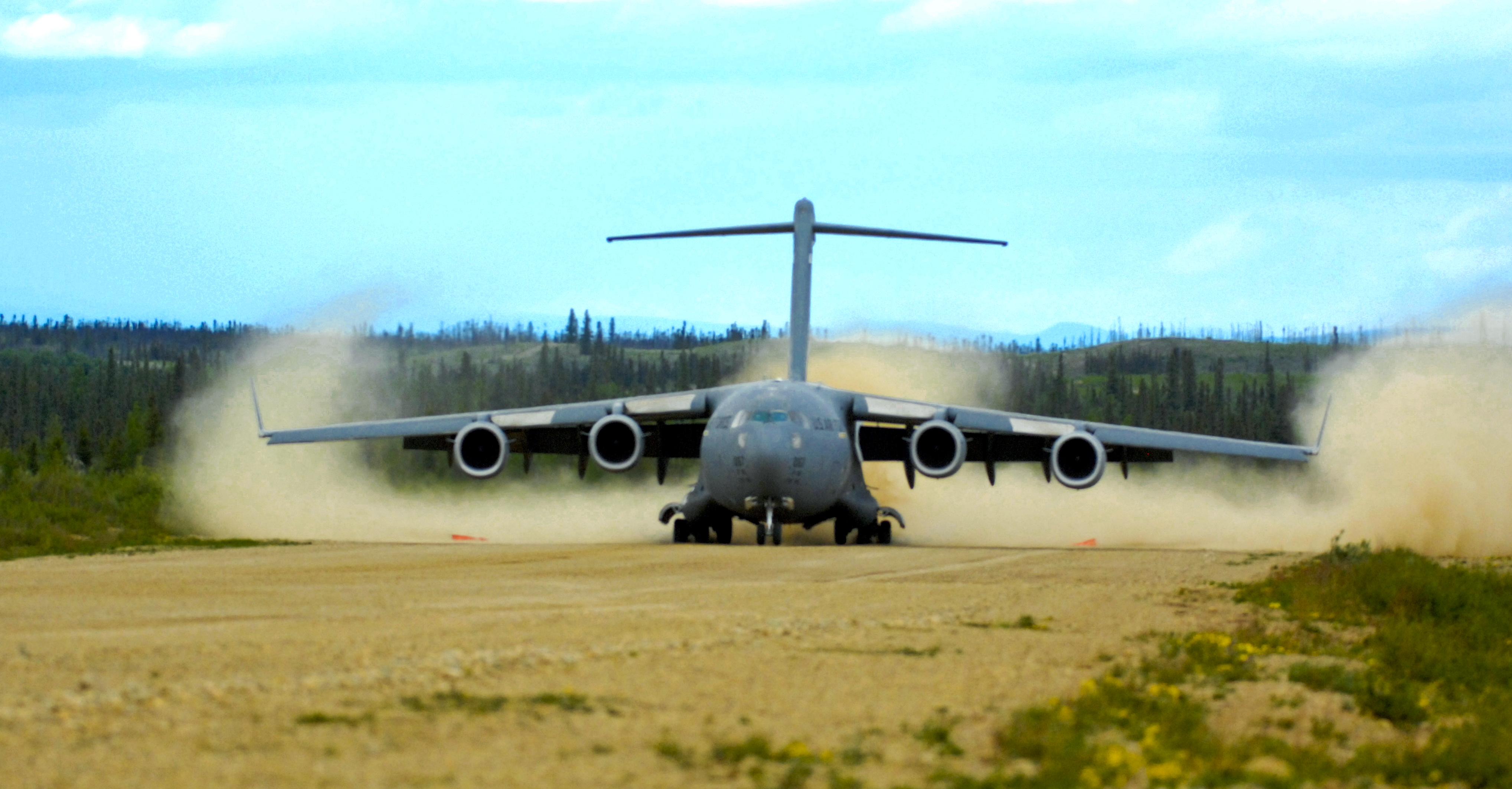It makes a lot of sense until very abruptly it makes no sense at all because someone fired a heavier SAM
I'm not sure how well a SAM would perform against an airship.
The fabric envelope will probably not trigger the warhead proximity fuse, and the IR output of any engines are not very bright.
Gun AA will shred one though.
EDIT
Also, MANPADs have an altitude limit that's way below the normal operating altitude of an aerostat.
And atmospheric satellites can operate beyond the altitude limit of all but the heaviest SAMs. 100,000 feet plus; if you have to spend a million dollar plus SM-3 or S-400 to knock down a balloon, you're not getting the better part of the deal.
Given that the Victorians did not deploy airships against us during the Detroit Campaign, I think it's safe to say that either they deduced that this would be an issue, or were taught that lesson brutally by someone else shooting down one or more of their airships in combat, or, well... never had airships.
*shrug*
Eh.
No one flies a 747-freighter in a warzone where the enemy has air superiority either. And Blackwell has displayed the capability to learn from the mistakes of others. Crazy, not stupid.
Why C-123s, specifically? Is it because it's more practical as a small utility aircraft?
It's designed to land on rough strips, and it has excellent STOL capability. Dual engines.
Depending on the version you're flying, you can get it down to a landing roll of 755 feet, and a takeoff roll of 855 feet while carrying a full load.
And it can do water landings, snow and ice landings, as well as the standard tarmac/grass/dirt.
For comparison, a C-130 at full load takes around 1km to get off the ground with 19 tons.
The DC-3 takes 900 feet to take off, 1640 feet to land, and carries 5 tons.
Plus, it's a 1949 design, so it originally flew with piston engines, and did so all through Vietnam.
It's airframe has been certified with piston-engines, turboprop(same T56 as the C130A to -H, so logistic commonality) and jet engines(J47 turbojets).
If we can't afford T56 turboprops now, we can run the original Wright 2500hp or the latter 3500hp radials.
Oh, and it carries 62 troops OR 50 medical litters + medical attendants OR 11 tons of cargo for about 2400 km or so,.
The C-130 does 92 passengers/ 64 airborne troops/74 medical litters + 5 medical attendants/19 tons for much farther.
Only drawback is that it's kinda slow on piston engines, around 300-350kmr cruise.
Jet engines got it to 800km/hr, but jets weren't efficient at the time, so that variant blew too much fuel, and the specific engines in play hung low enough to be endangered by FOD.
I think the problem is the opposite of that. The facilities to make large aircraft engines, even if they are technologically within our capacity, do not exist in our territory- as I've pointed out before, just because the Saturn V moon rocket uses no post-1970 technology doesn't mean we could build one. Meanwhile, we DO have perfectly suitable runways in our territory- every city in the Midwest with an airport has a runway that could handle C-130s, and all we'd have to do is refurbish them.
This is GM fiat territory. Still.
It bears reminding that we built 50s/60s/70s??? radar guided SAMs to protect our armies and cities. It took effort, and we had to leave the heartland bare to cover Detroit and the field army, but we did it.
1950s turboprop aircraft engines are not exactly high tech in comparison. The metallurgy is not very different from what was available in WW2.
As for runways, it's been forty years of non-maintenance in Midwest winters.
And I'm given to understand that winters in that part of the world are intense; having seen Detroit's roads, I'm willing to believe it.
There's a reason I'm looking for aircraft with short takeoff rolls and dirt strip performance.



